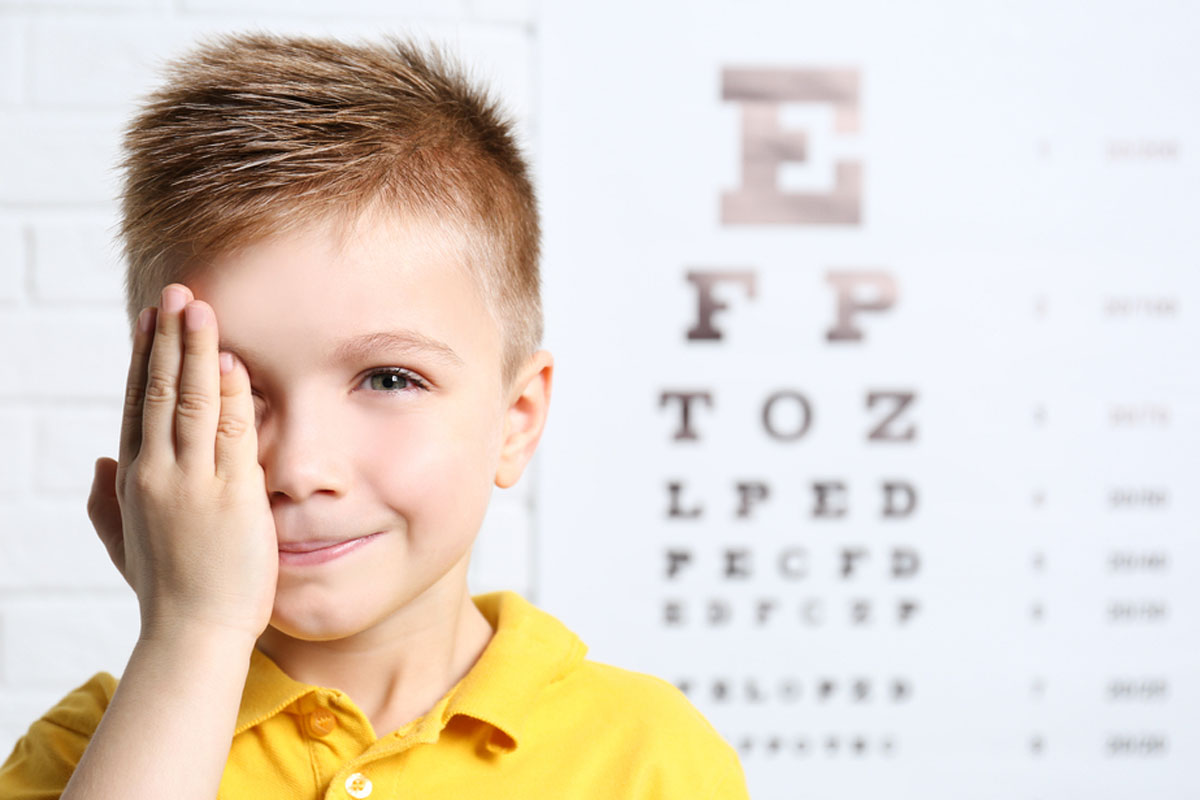
This term does not describe a single condition, but a group of eye disease that affects the retina at the back of the eye and the vitreous fluid around it. A vitreoretinal disease may occur secondary to diabetes or another health problem. Conversely, aging may be the primary risk factor for some people affected by vitreoretinal disease.
Examples of conditions categorized as vitreoretinal diseases include:
- Macular degeneration
- Retinal tear or detachment
- Macular hole
- Diabetic retinopathy
Causes
Strabismus can be caused by problems with the eye muscles, the nerves that transmit information to the muscles, or the control center in the brain that directs eye movements. It can also develop due to other general health conditions or eye injuries.
Risk factors for developing strabismus include:
- Family history. People with parents or siblings who have strabismus are more likely to develop it.
- Refractive error. People who have a significant amount of uncorrected farsightedness (hyperopia) may develop strabismus because of the additional eye focusing they must do to keep objects clear.
- Medical conditions. People with conditions such as Down Syndrome and cerebral palsy or who have suffered a stroke or head injury are at a higher risk for developing strabismus.
Many types of strabismus can develop in children or adults, but the two most common forms are below.
Accommodative esotropia
Accommodative esotropia often occurs because of uncorrected farsightedness (hyperopia). The eye’s focusing system is linked to the system that controls where the eyes point. People who are farsighted are focusing extra hard to keep images clear. This may cause the eyes to turn inward. Symptoms of accommodative esotropia may include seeing double, closing or covering one eye when doing close work, and tilting or turning the head.
Intermittent exotropia
Intermittent exotropia may develop when a person cannot coordinate both eyes together. The eyes may point beyond the object being viewed. People with intermittent exotropia may experience headaches, difficulty reading and eye strain. They also may close one eye when viewing at distance or in bright sunlight.
Symptoms
Symptoms of Strabismus include:
- Eyes that look misaligned.
- Eyes that do not move together.
- Frequent blinking or squinting, especially in bright sunlight.
- Tilting the head to look at things.
- Faulty depth perception
- Double vision
Symptoms
Treatment for strabismus may include eyeglasses, prisms, vision therapy, or eye muscle surgery. If detected and treated early, strabismus can often be corrected with excellent results. People with strabismus have several treatment options to improve eye alignment and coordination. They include:
- Eyeglasses or contact lenses. This may be the only treatment needed for some patients.
- Prism lenses. These special lenses are thicker on one side than the other. The prisms alter the light entering the eye and reduce how much turning the eye must do to view objects. Sometimes the prisms can eliminate the eye turning.
- Vision therapy. Your doctor of optometry might prescribe a structured program of visual activities to improve eye coordination and eye focusing. Vision therapy trains the eyes and brain to work together more effectively. These eye exercises can help problems with eye movement, eye focusing and eye teaming and reinforce the eye-brain connection. Treatment can occur in your doctor of optometry’s office as well as at home.
Eye muscle surgery. Surgery can change the length or position of the muscles around the eyes so they appear straight. Often, people who have eye muscle surgery will also need vision therapy to improve eye coordination and to keep the eyes from becoming misaligned again.
